Creative Midlands Heritage |
| Posted: 24 Aug 2012 07:19 AM PDT While working next door to the site on HMP Oakwood, it was strange to see one lunch time that people were once again working on this site.The jib of a JCB could be seen moving among the buildings rooftops. I ventured over to find out what was happening with the site.A chat with the JCB driver revealed that the contractors were on site for some minor site remediation works prior to the site being cleared.which was just removing trees for the most part.A site visit one weekend showed how much the environment had changed by having all of the trees removed and allowed access to some parts that had being badly overgrown on past visits to the site. HISTORY: Filling factories had a large number of buildings. Buildings were needed on the various Groups for filling of munitions. Explosives magazines were required by each Group to store the incoming explosive materials and to store the outgoing filled shells or gun cartridges, usually packed in ammunition boxes. Storage buildings were also needed on each Group to store the incoming empty shells, or cartridges, and the empty ammunition boxes. For safety purposes, munitions were segregated into different compatibility Groups. A World War II Filling Factory would generally fill several different Groups of Munitions; and these Groups would be located in different geographical areas within the Danger Area of the Filling Factory. The World War II Groups were: * Group 1: Initiators, such as caps and detonators for primers and fuzes. * Group 2: Fuze pellets, exploder pellets, exploder bags. * Group 3: Filling of fuzes. * Group 4: Blending of gunpowders for time fuzes. * Group 5: Filling of cartridges, such as filling cordite into cloth bags or into brass cartridge cases. * Group 6: Manufacture of smoke producing compositions. * Group 7: Small arms filling. * Group 8: Filling of shells or bombs. * Group 9: Large magazines, filled ammunition awaiting dispatch.In addition, a Filling Factory would have provision for limited proofing and testing of its munitions; and burning grounds for disposal of waste explosive material. * Group 10:Infrastructure including workshops & Proof Range Buildings left on site are connected with Groups 1,5 and 10 which are shown in the pictures.Some signage with Royal Ordnance PLC on it shows that some of the buildings that still exist on site were still in use up till the 1980s and may be even a little later than that, but nothing remains in the buildings to confirm or deny this.While the last factory on site housed in building 8F6 closed down in 2002.This factory no longer exists as it was cleared for the HMP OAKWOOD redevelopment of that part of the site.The factory stood in the same spot that House block 108C Stands today. References: Dangerous Energy by Wayne D Cocroft. 2000 Packing and Filling At ROF Featherstone By George Nash,Duncan Fairwood and Colin Summerscales. 2009 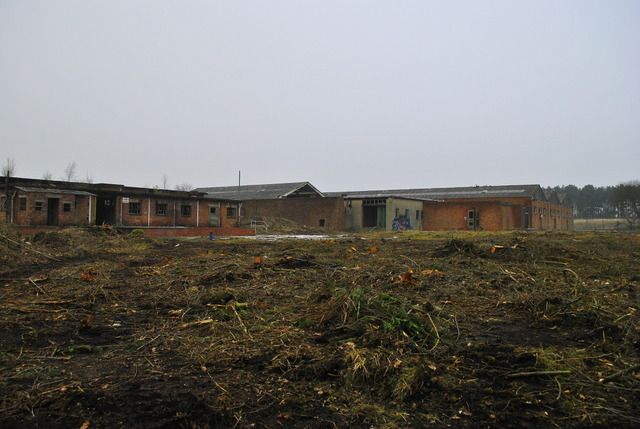 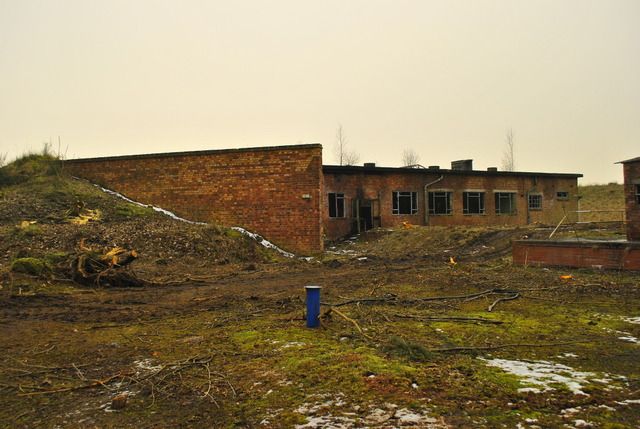 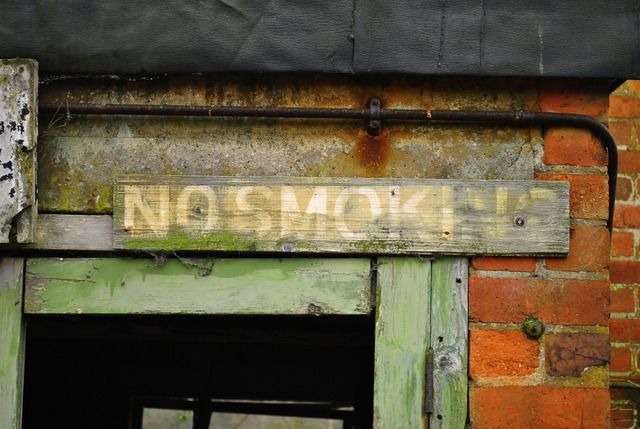 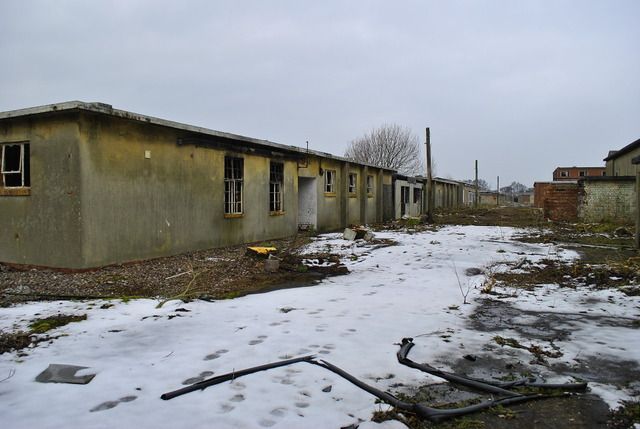 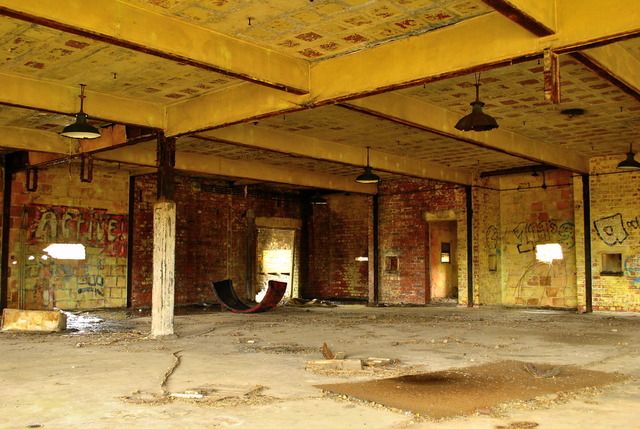  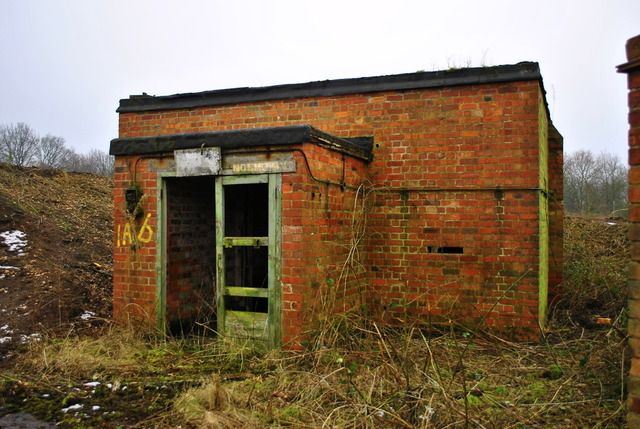  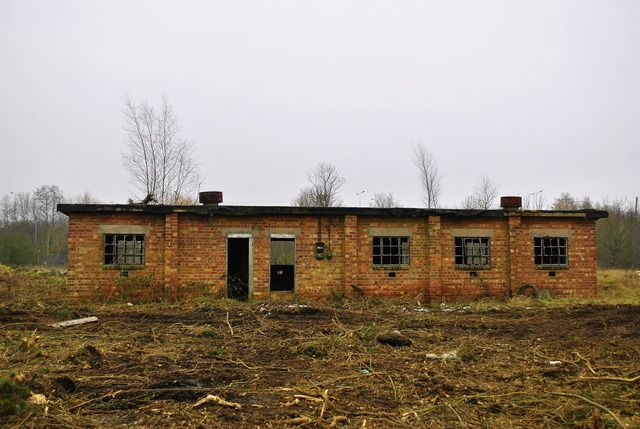   |
| You are subscribed to email updates from Creative Midlands Heritage To stop receiving these emails, you may unsubscribe now. | Email delivery powered by Google |
| Google Inc., 20 West Kinzie, Chicago IL USA 60610 | |

No comments:
Post a Comment
Note: only a member of this blog may post a comment.